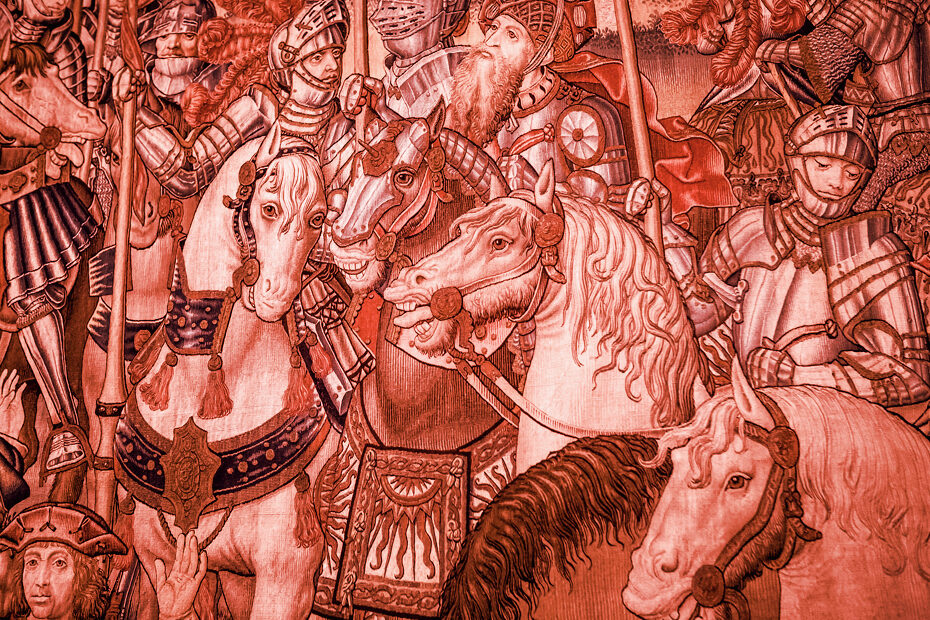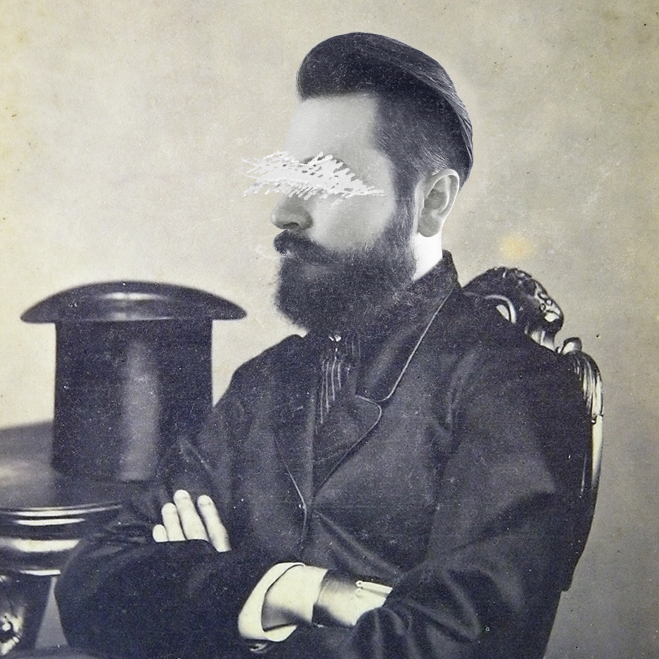In my final article of the How To Run Big Cities In TTRPGs series, I’m sharing my tips for creating fun and engaging stories in your city setting. After you’ve nailed down the framework of your metropolis, established a unique culture to enrich the gameplay, and you’ve stocked the city with a colorful population of NPCs, stories will come naturally to players that explore your city. But just in case you need a little help, here are my thoughts on generating stories in a city…
All The Makings Of Great Stories…
A large city is arguably the best place in a TTRPG to create stories. It’s a location filled with people from all walks of life who are each looking for something. There is no end to the amount of quests that spring up naturally in a metropolis. Story hooks and quests can come from a job board at the neighborhood pub, the want ads in a city newspaper, key NPCs with specific goals in mind, villains messing with players, or even just random events in close proximity to the party.
Characters Are In Town For A Reason
Nothing moves a campaign’s story along quite like character goals. There’s a reason your player’s characters came to the big city. The city offers players a powerful resource towards accomplishing their goals. This is true whether they are on a journey of self discovery, in the pursuit of wealth, solving personal mysteries, or simply just chasing the thrill of adventure. Remember, the story is being told through the party’s viewpoint. It is effective to frame things that happen in the city with their goals in mind.
The City Doesn’t Revolve Around Players
Alternatively, the city didn’t begin existing the moment the player’s party arrived. There should be stories in play within the city that have been going on long before the campaign led here. You don’t need to write entire novels about the current state of everything that’s happened in the past. All you really need are some plot hooks that can be expanded upon if players are interested and pull the thread. From there, you can explore the story deeper and write around the interest. Work smarter, not harder!
Run Stories In The Background
Expanding upon the previous point, you should have a few stories running “behind the scenes” that indirectly affect the players after they’ve arrived in town. This could be law policies changing, political unrest between classes, crime waves, mysterious plagues, etc. Players hear rumors about what’s going on and can make choices to intervene or avoid those plots. Regardless of if players investigate these stories, their existence should influence the NPC citizens of the city to act accordingly.
Socially Complex Story Building
Whereas villages and the wilderness offer limited NPCs and resources, large cities have an unlimited cast of NPCs and assets in storytelling. It allows you, as the game master, to add layers of complexity to the narrative. Mysteries, manhunts, fetch quests, and shocking reveals are made much more interesting when they involve a network of interconnected NPCs. It’s fun to create a community of friends, allies, and enemies around the players and show how everyone reacts to major plot points.
Perfect For Intrigue And Subterfuge
Speaking of more complicated stories, cities are basically the only place where big plots of intrigue and subterfuge work. Stories about backstabbing, secrets, and power are interesting and complicated. Your city’s ruling court could be rife with corruption and secret agendas. There could be a plan in motion for a military coup. The city’s crime lords might have a bitter rivalry behind closed doors. Cities offer an excellent framework to create intricate political dynamics and shifting degrees of safety and security.
Utilize Every Part Of The City
You might think that a city would be fairly limited when it comes to a variety of interesting locations. But that couldn’t be further from the truth! There are so many interesting opportunities for dynamic backdrops to your story. Big cities have bustling bazaars, run down slums, networks of sewer systems, glittering palaces, nightlife hotspots, factory districts, underworld hideouts, and everything in between. Not only do you get variety, but also a chance to reinforce the flavor and culture of the city.
Creative Opportunities For Combat
Combat is one of the main challenges for running a game stationed in a big city for extended periods of time. It’s easy to spring combat encounters on parties exploring wild forests or dark dungeons. But in the heart of civilization… not so much. This means you need to get more creative. All manner of fights can break out while taking in the town. Players could be presented with would-be assassins, rioting peasants, surfacing sewer creatures, drunken bar fights, corrupt city watchmen, magical fallout, or even a court of vampires… just to name a few.
Let Players Take The Reins
The best thing about running your campaign in a big city? It allows the players to take control of the story and play the game that they want. There are lots of options, avenues, and leads for them to follow towards their goals. Letting the party run wild in a major metropolitan area is the opposite of railroading. As the GM, this requires careful planning, flexibility, and tons of improvisation. The result is a fun and exciting game in which everyone is driving the story towards its conclusion.
Can’t wait to hear all about your big city adventures! Until next time, stay creepy and happy gaming.

